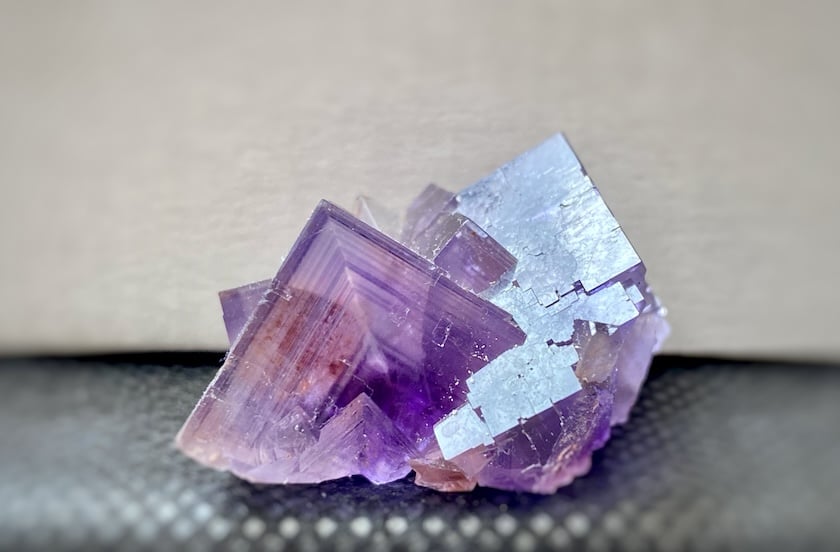Mineralogy of Halides, Carbonates, and Sulfites
Halides, carbonates, and sulfites are sedimentary minerals with many uses, from salt to manufacturing. Learn how to identify these minerals.
18 Minute Read
Introduction to Halides, Carbonates, and Sulfites
Mineralogists study halides, carbonates, and sulfites (not “sulfides”) together because most of the minerals in these classes form in similar environments and are chemically deposited from water. Sulfites’ connection to halides and carbonates will help you remember how to differentiate them from sulfides.
Halides, carbonates, and sulfites have many similar physical properties. Most of these minerals are light colored (colorless or white, gray, ivory, yellow, orange), transparent to translucent, with vitreous luster, low density (specific gravity), and low (2 for gypsum) to medium (4.5 for magnesite) hardness. This makes differentiating mineral species within these classes quite challenging. These minerals also occur in various crystal forms, from perfectly symmetrical, well-formed crystals to nodular, botryoidal, stalactitic, columnar, fibrous, granular, and massive aggregates. Crystal twinning is common.
Evaporite Minerals
Evaporites are salt rocks originally precipitated from a saturated surface or near-surface brine in hydrologies driven by solar evaporation. (Warren, 2016) “Salt” refers to the chemical compound, not just common table salt. Hydrologies are different water reservoirs like seas, lakes, rivers, and their separate components.
Many halides, carbonates, and sulfites form due to water
…Olena Rybnikova, PhD
Olena Rybnikova is a gemologist and mineralogist. She has a PhD in mineralogy and petrology specializing in beryllium minerals and is a certified Applied Jewelry Professional accredited by the Gemological Institute of America. Her passion is actively promoting knowledge and appreciation of nature, geology, and gemstones.
Related Articles
Mineralogy of Silicates: Nesosilicates and Sorosilicates
Mineralogy of Phyllosilicates and Tectosilicates
Introduction to Native Elements
Mineralogy of Sulfides and Sulfosalts
Latest Articles
800 Years of Mogok: A Celebration in Tenuous Times
What is the Average Gemstone Faceting Yield?
Pyroxmangite Value, Price, and Jewelry Information
How to Identify Emerald Simulants and Synthetics
Never Stop Learning
When you join the IGS community, you get trusted diamond & gemstone information when you need it.
Get Gemology Insights
Get started with the International Gem Society’s free guide to gemstone identification. Join our weekly newsletter & get a free copy of the Gem ID Checklist!
